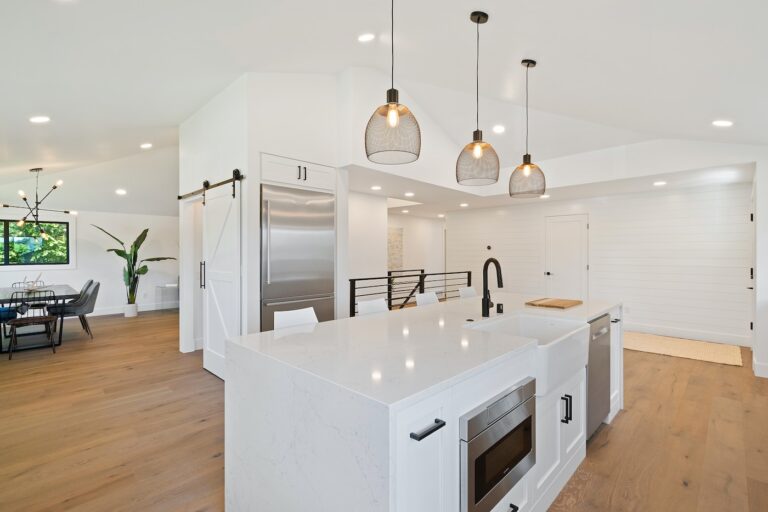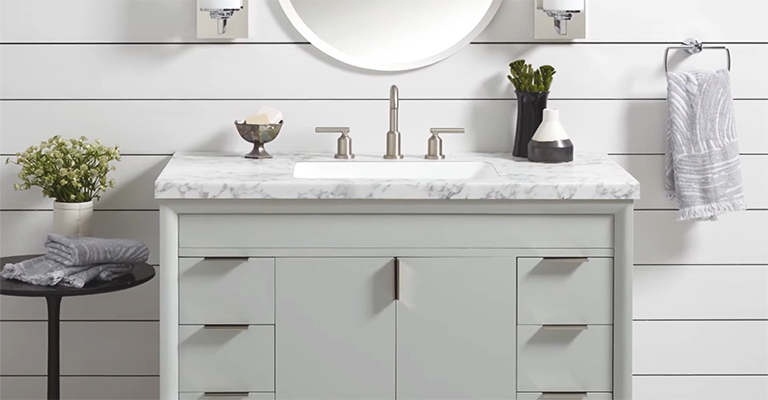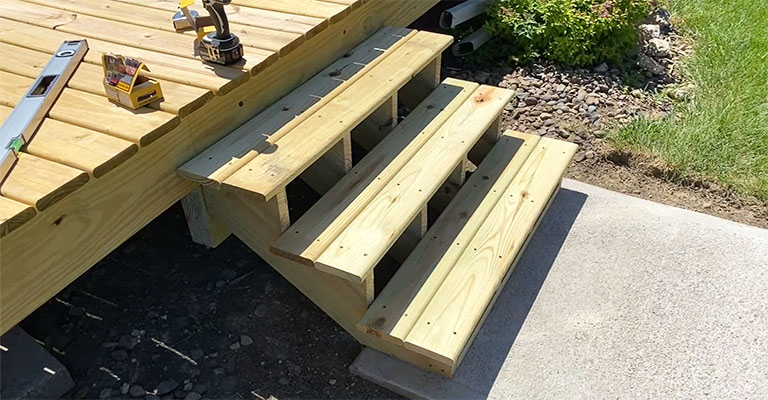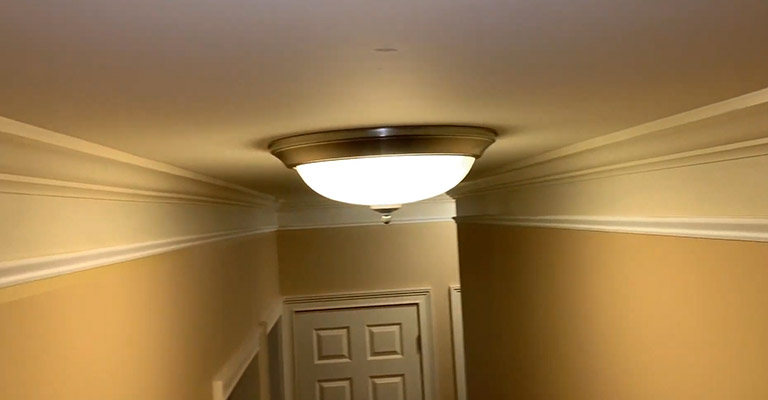Revitalize Your Home Decor with a Wood Accent Wall
Wood accent walls are one of the best ways to infuse warmth, texture, and a rustic yet sophisticated aesthetic into your home. They’ve become an increasingly popular trend in interior design, transforming bland walls into striking conversation starters.
In this article, we’ll delve into the beauty of wood accent walls, how they can dramatically enhance your interior decor, and some invaluable tips on how to install them yourself.
Embracing the Charm of Wood Accent Walls
Wood Wall Plank
In today’s high-tech world, we often crave elements of nature in our living spaces. Wood accent walls provide that perfect balance between modernity and the organic allure of nature. They add depth and character to any room, be it the living room, bedroom, or even the home office.
A wood accent wall is more than just a decorative feature; it’s a way to express your unique style. Whether you prefer the reclaimed barn wood look for that rustic charm, sleek teak for a more modern feel, or a painted wooden panel wall for something chic and contemporary, there’s an option to suit your taste.
Creating Unique Interior Spaces with Wood Accent Walls
Wood Walls and Finished Wall
A wood accent wall can serve as a stunning backdrop for your art pieces or personal collections. Additionally, it can make a large, empty wall appear more inviting and interesting. It’s the perfect way to break up the monotony of traditional wall coverings.
Remember, the beauty of a wood accent wall is in its versatility. You can opt for a full wall installation, half wall, or even a unique patterned design depending on your preferences and the size of your room.
Wood accent walls can also cleverly conceal imperfections such as damaged drywall or uneven surfaces. It’s a practical and aesthetically pleasing solution that not only saves you time but also adds value to your home.
DIY Guide: Installing a Wood Accent Wall
Unique Accent Wall to Add Visual Interest
Creating a wood accent wall can be an exciting DIY project. Here are some simple steps to guide you:
1. Plan Your Design
Start by visualizing the final look. Consider factors such as the type of wood, its color, finish, and how it complements the overall décor of the room.
2. Measure and Prep Your Wall
Calculate the area of your wall to determine the amount of wood you’ll need. Ensure the wall is clean, dry, and free of peeling paint or wallpaper.
3. Choose Your Wood
This could be reclaimed wood, timber planks, or even wood panels. Be sure to consider the maintenance each type requires.
4. Install the Wood
Begin from the bottom of your wall and work upwards. You can attach the wood directly to the wall using a good-quality adhesive, or use furring strips for a more secure installation.
5. Finish Your Wall
Finally, you may choose to stain or paint your wood, or leave it natural for a raw, rustic appeal.
Adding a Touch of Class with Wood Accent Walls
Wood accent walls aren’t just for rustic or farmhouse styles. With the right type of wood and finish, you can introduce an elegant, high-end appeal to your home. For example, walnut or mahogany panels with a glossy finish can evoke a sense of sophistication and luxury, making them perfect for formal living rooms or study areas.
Emphasizing Sustainability with Reclaimed Wood
In a world increasingly conscious about sustainability, reclaimed wood has become a popular choice for wood accent walls. This eco-friendly option repurposes old wood from barns, ships, and other structures, preventing it from ending up in landfills. Each piece of reclaimed wood carries a story of its own, adding a unique historical charm to your walls.
The Benefits of Wood Accent Walls
Beyond aesthetics, wood accent walls offer practical advantages. Wood is a great insulator, helping to keep your home warm during the winter and cool during the summer. It also has excellent acoustic properties, absorbing sound and reducing echo, which can be particularly beneficial in large, open spaces.
Moreover, wood is durable and long-lasting, ensuring your accent wall remains a stunning feature of your home for many years to come.
Selecting the Right Wood for Your Accent Wall
When choosing the wood for your accent wall, it’s essential to consider factors such as durability, grain pattern, color, and price. Hardwoods like oak, walnut, and cherry are renowned for their strength and intricate grain patterns, making them a top choice for accent walls.
Softwoods such as pine and cedar are more affordable and easier to work with, especially for DIY projects. They also offer a variety of appealing grain patterns and colors.
Achieving Balance with Wood Accent Walls
While a wood accent wall can be a captivating feature, it’s crucial to maintain a sense of balance in your interior design. Consider the color and style of your furniture, flooring, and other elements of the room. The wood accent wall should complement these features, not compete with them.
For instance, if your furniture is modern and minimalistic, a sleek, dark wood accent wall could add the perfect contrast. On the other hand, if your room features antique furniture, a reclaimed wood wall could enhance the vintage vibe.
Conclusion
Rustic Wood Accent Wall
Embracing creativity with a wood accent wall can bring about stunning results. Consider a geometric wood accent wall; it offers a unique take on traditional designs, creating a modern and dynamic ambiance in any space. This style often involves using wood planks or panels cut into specific shapes and arranged in patterns such as a herringbone wall. Imagine these intricately arranged planks on an entire wall of your dining room, finished in a deep, dark brown that accentuates the grain of the real wood. This design not only adds visual interest but also turns a blank wall into a captivating feature.
Rustic wood accent walls are another beautiful option, especially for those seeking a touch of homely charm. Picture a wall of reclaimed wood planks, their rugged texture contrasting against sleek kitchen cabinets. The natural imperfections in the wood – like nail holes or weathering – become points of character, lending an authentic, rustic feel to the space. This style typically uses wider wood wall planks, which can be easier for a DIY accent wall installation, as fewer pieces are needed to cover the wall.
Lastly, don’t overlook the subtle elegance of a smooth surface wood accent wall. This style typically involves thin strips of wood paneling laid side by side, creating a streamlined, uniform look. Picture it in a cozy living room, its warm hues complementing your furniture. Despite its simplicity, this type of wood accent wall can transform an entire room, adding depth and warmth while blending seamlessly with the existing decor. Whether your preference is bold geometric patterns, rustic charm, or smooth sophistication, a wood accent wall is a great way to transform any space in your home.
Wood accent walls are a transformative feature in home decor. They offer endless design possibilities, from rustic charm to sleek modernity, while also providing functional benefits. So why wait? Bring a touch of warmth, texture, and personality to your home with a beautiful wood accent wall today.





